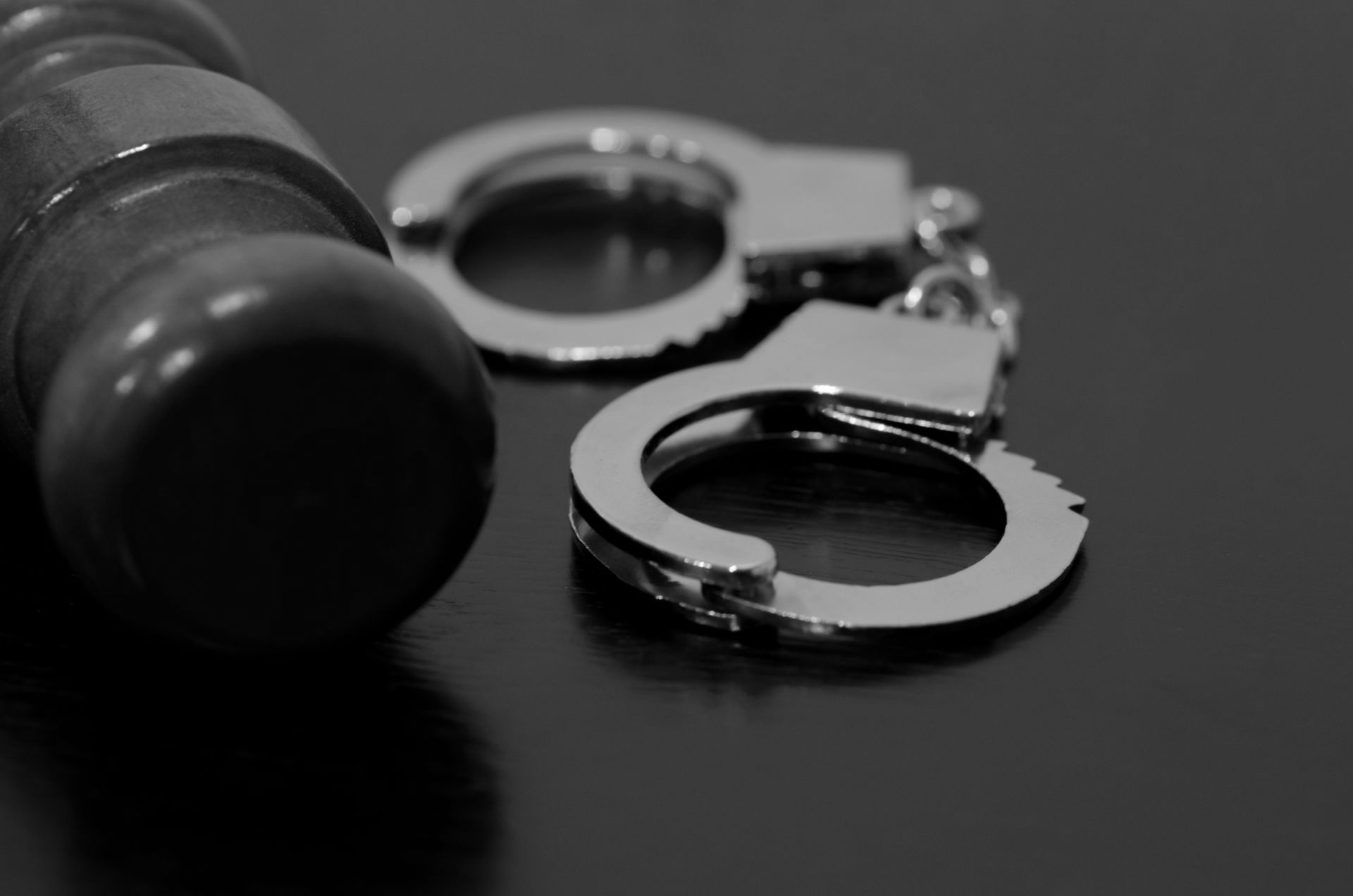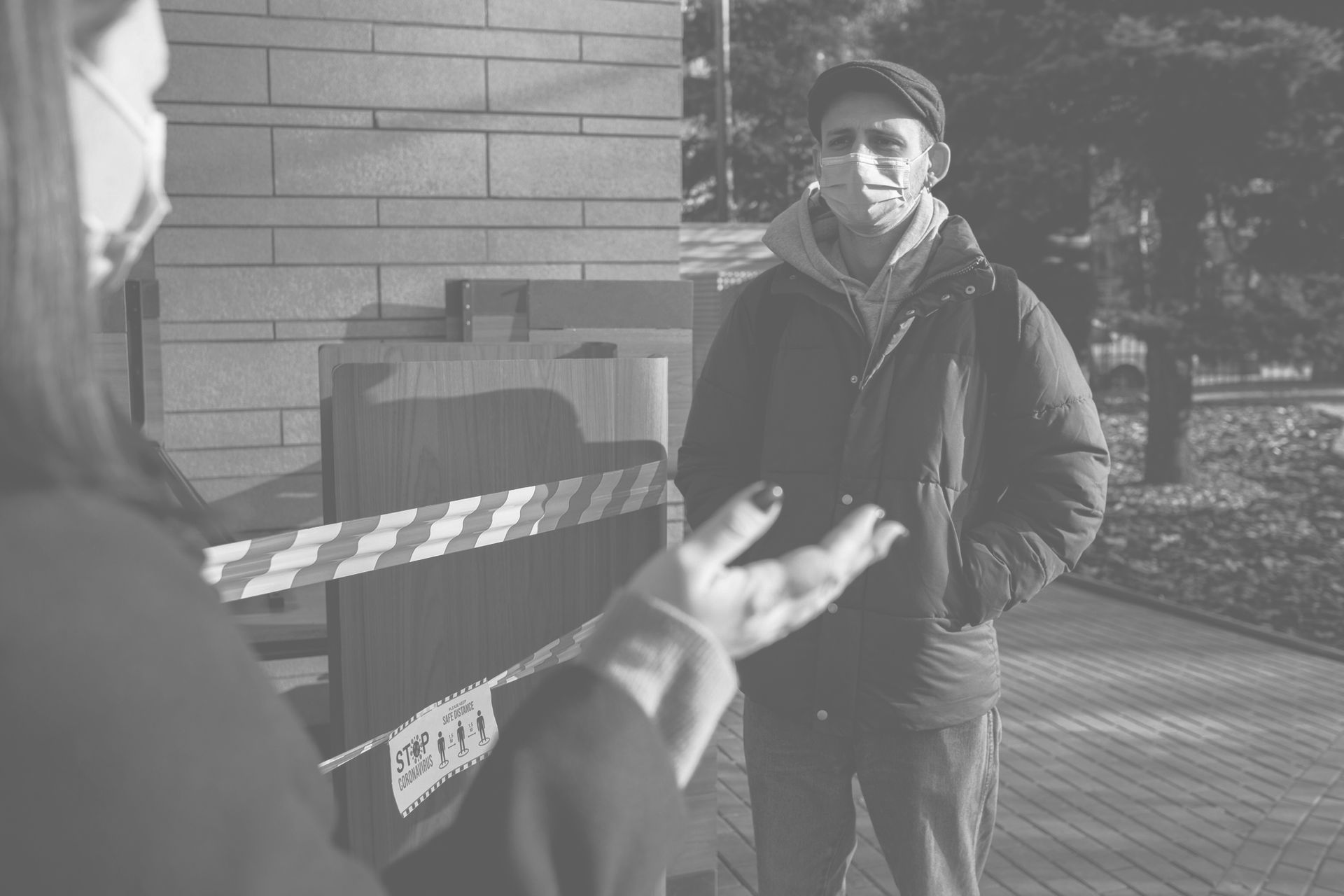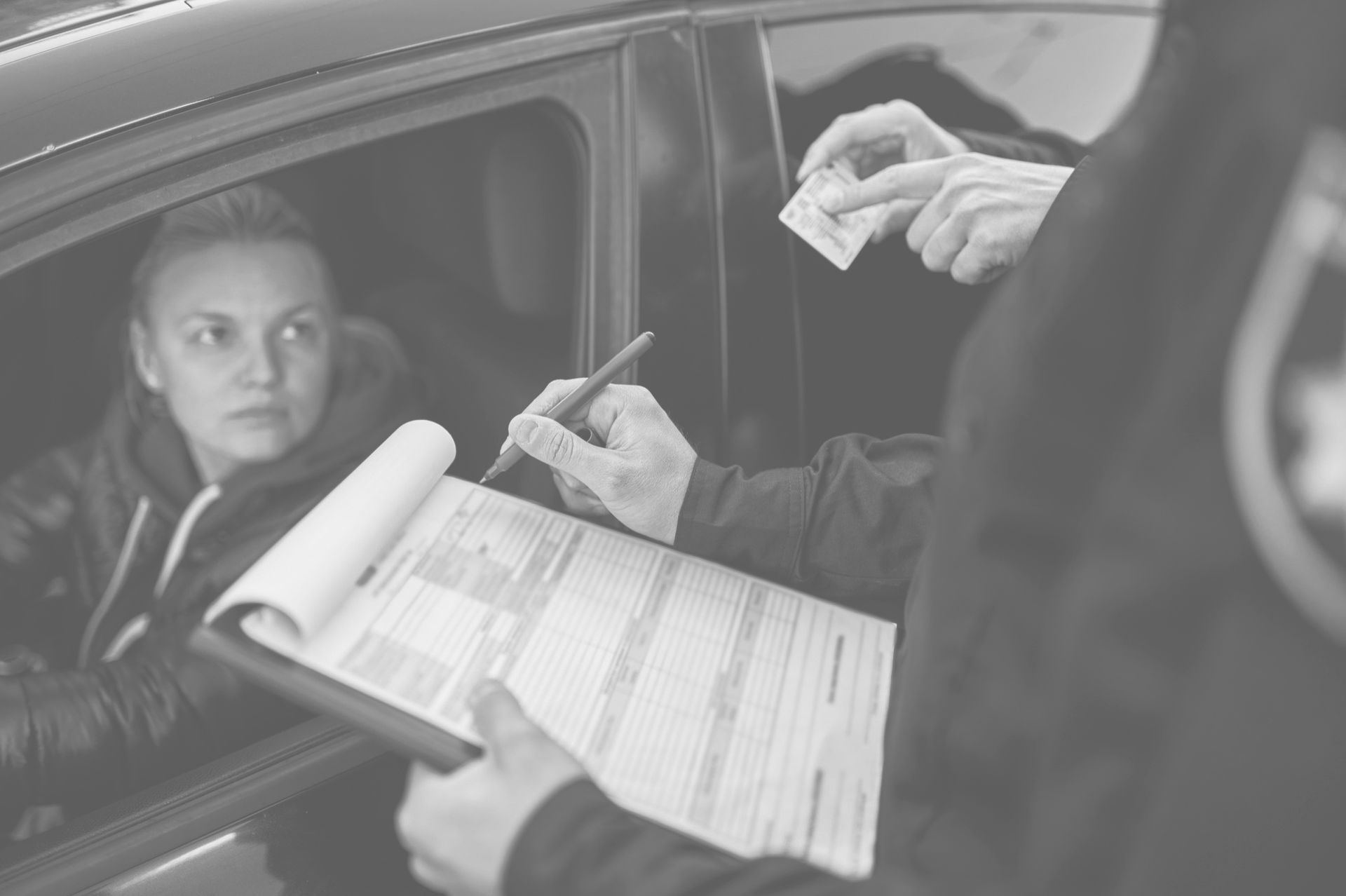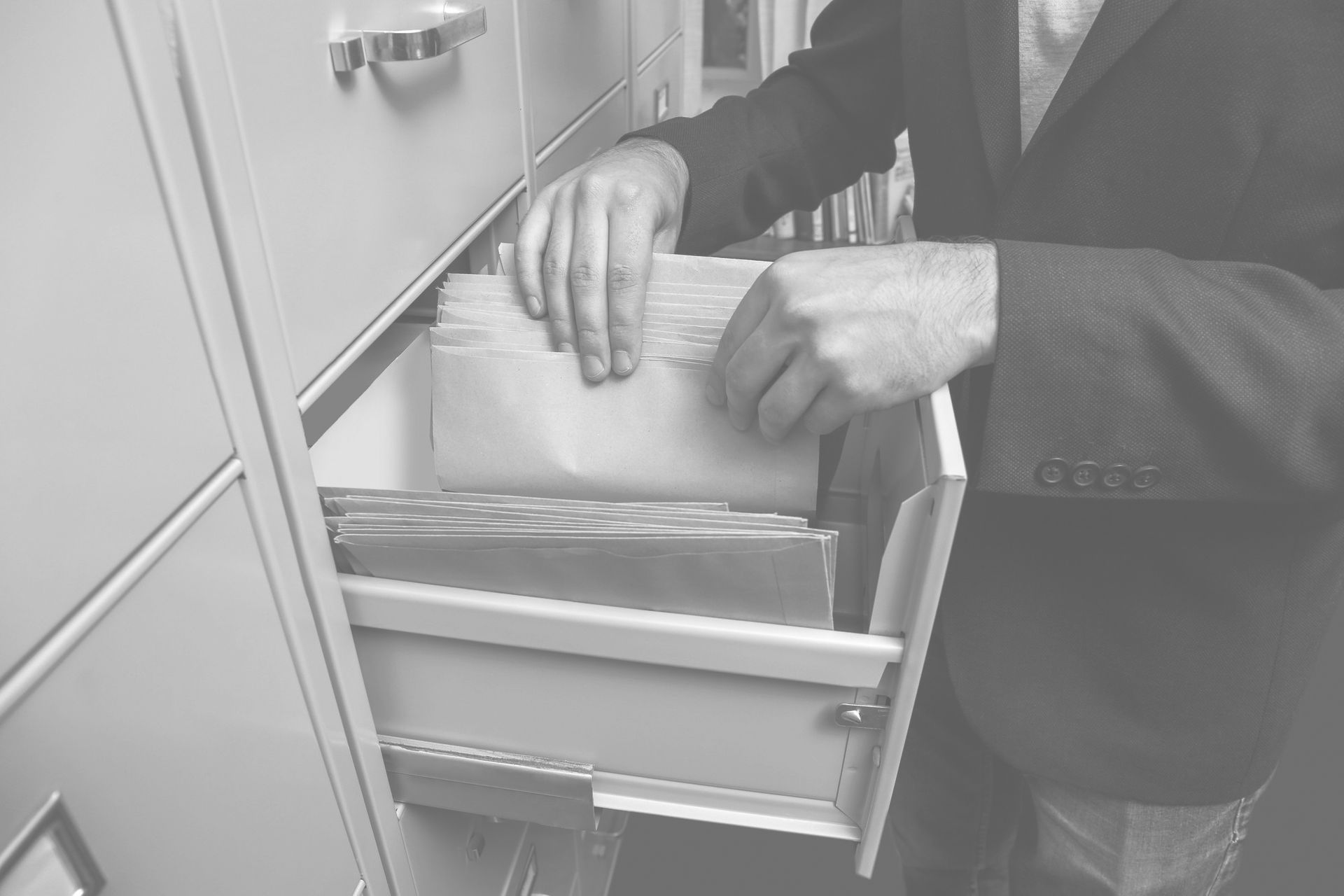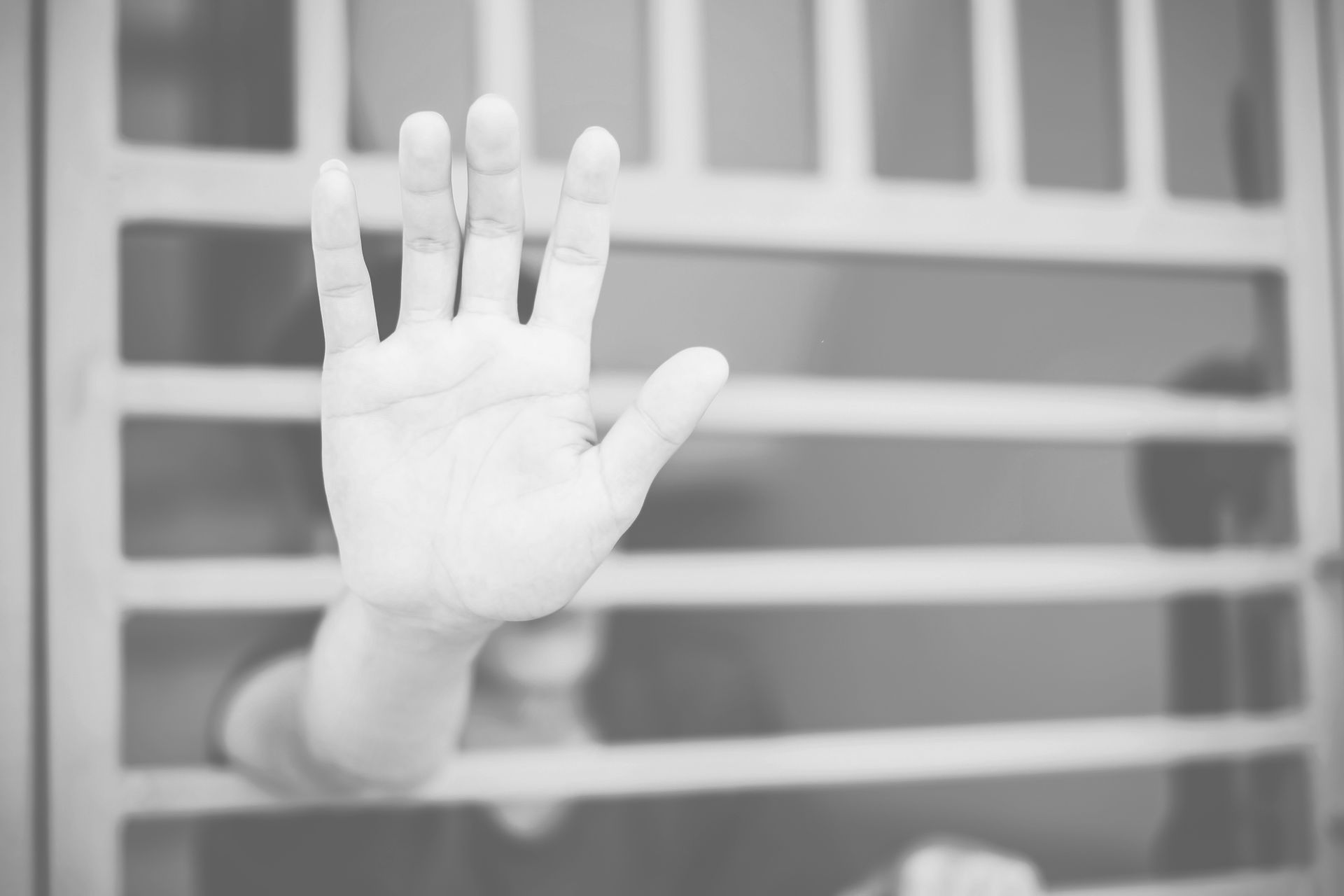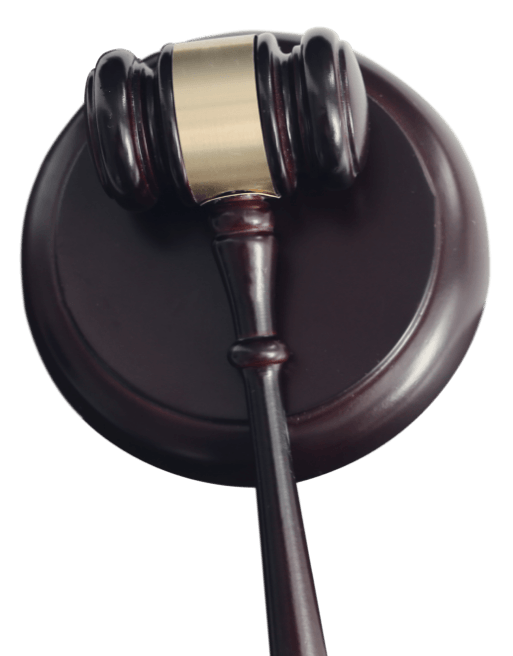Rolando Cantu is the founding attorney of the Law Office of Rolando D. Cantu. He is committed to providing aggressive and high level legal representation—successfully defending clients charged with state and federal criminal offenses. He works on every case as a priority with personal attention, while prioritizing their needs.
Contact Info
515 Pecan Blvd. McAllen,
Texas, United States 78501
Tel. +1 956-267-9898
Email: cantulaw@outlook.com
Call Now for a FREE CONSULTATION (956)-267-9898
How do you Determine Who is At Fault in a Car Accident?
Written by Law Office of Rolando Cantú, reviewed by Rolando Cantú
How do you Determine Who is At Fault in a Car Accident?
If you are involved in a car accident, it is important to know who is at fault. Determining who is at fault can be tricky, especially if there are multiple parties involved.
While an injured party may be inclined to quickly point fingers at the other driver, the fact is that determining liability for an accident following a traffic collision is not quite that simple. There are several factors involved in this determination and fault can fall on more than just one person.
In this blog post, we will discuss the factors that are taken into account when determining liability in a car accident. We will also provide some tips on how to protect yourself if you are involved in an accident.
- What is the fault in a car accident?
- What are the different ways to determine car accident fault?
- The vehicle was damaged.
- Witness statements.
- The police report.
- The insurance company.
- The driver's testimony.
- Filing a Lawsuit
- What if no one is at fault?
- More Car Accident FAQs
- What if the other driver doesn't have insurance?
- What should I do after a car accident?
- What if I'm not happy with the settlement offer from the insurance company?
- How do you prove liability in a car accident?
- Should I send a demand letter after my car accident?
- What if there is no police report for my auto accident?
- What if I'm injured in a single-car crash?
- What should I do if I am injured in an Uber or Lyft crash?
- Talk to a car accident attorney
What is the fault in a car accident?
Fault in a car accident refers to the legal liability of the person who caused the accident. When fault is determined, it means that the person who is at fault will be held liable for any damages or injuries that resulted from the accident.
Who was at fault in an auto accident is determined using fault laws. There are two main types of car accident laws: contributory negligence and comparative negligence.
- Contributory negligence is when the plaintiff (the person filing the lawsuit) is partially at fault for the accident.
- Comparative negligence is when both parties are at fault for the accident but their percentage of fault is compared. The party with the lower percentage of fault is not held liable.
You must know that car accident laws vary from state to state. In Texas, for example, car accident cases use the comparative negligence system while in other states they use the contributory negligence system or the modified comparative negligence.
You can read more about this in our previous blog: 4 vital things to consider when handling a personal injury case in Texas
In the next section, we will learn different ways to determine who is at fault in car accidents.
What are the different ways to determine car accident fault?
In the majority of cases, determining fault in a car accident is straightforward. One driver clearly violated the rules of the road and caused the crash. However, it isn’t always clear who is at fault when an accident occurs.
Each state has different rules about who caused an accident and who is responsible for paying the damages. As we mentioned previously, in Texas, car accident cases use the comparative negligence system.
This means that if you are involved in an accident, the amount of money you can receive from the other driver will be reduced by the percentage that you are at fault.
There are a few different ways that car accident fault can be determined. These include:
The vehicle was damaged.
In some car accidents, the damage to each car can help determine who is at fault. For example, if one car has a large dent on the front bumper and the other car has a large dent on the rear bumper, it’s likely that the car with the front damage is at fault.
Another way to determine fault is by examining the physical evidence at the scene of the accident. This includes any skid marks or broken glass in the area that may have come from one of the vehicles involved in the crash. It may also include damage done by other cars or objects like guardrails etc.
This is because car accidents typically happen when one car rear-ends another car. If both cars have significant damage on the front end, it could be difficult to determine who is at fault. There is when eyewitnesses come in handy.
Witness statements.
If there are any eyewitnesses to the car accident, their statements can be used to help determine who is at fault. Eyewitnesses can provide a clear picture of what happened leading up to the accident and who may have caused it.
Witnesses can also help to identify any other factors that may have contributed to the accident, such as weather conditions or car defects and this will help to prove fault, or make the at fault driver to admit fault in the car accident case.
It’s important to note that car accident fault can also be determined by the police report.
The police report.
In many car accidents, the police will be called to the scene of the accident. The officer that arrives will create a report detailing what happened and who they believe is at fault.
The police officer who responds to your accident can issue traffic citations and make a determination of fault. However, this isn’t always the case.
The police are responsible for investigating car accidents, and they will typically make a determination of fault based on their findings at the scene.
However, simply because the police
assigned fault to an individual does not mean that that person is liable for your damages. Furthermore, if the police report does not assign fault to anyone, you can still pursue a personal injury claim or a car accident claim with the help of an experienced attorney who can conduct an independent investigation.
The insurance company.
One way car accident fault can be determined is by the car insurance company. The insurance company will look at the police report, witness statements, and any other evidence to determine who was at fault for the accident, and this has a consequent impact on medical expenses, car repairs, and car rental coverage.
Insurance companies usually have their own investigators who will look into car accidents and determine who is at fault.
In auto accidents where both parties have insurance, the insurance companies will likely get involved in order to determine fault. The insurance company will send an adjuster to assess the damage and determine who is at fault for the accident.
It’s important to know that car insurance companies are not always accurate in their determination of car accident fault or the insurance coverage. If you do not agree with the insurance company’s decision, you can hire a
car accident lawyer to help you fight the insurance company.
The driver's testimony.
There are many different ways to determine fault — or liability — after an accident. The most common way is simply by asking the drivers involved in the crash. Depending on the circumstances and what they tell you, one driver might be entirely at fault or both drivers could share some of the blame.
In car accidents, the driver’s testimony can be used to determine who is at fault. The drivers will usually give their account of what happened during the accident.
While it's usually a good idea to get statements from all involved drivers, avoid making accusations or admitting any responsibility for causing the accident yourself if you're unsure about who was at fault.
It’s important to know that the drivers’ testimonies are not always accurate. This is because people tend to remember things differently or they may be biased, or even the at fault driver may try to lie about what happened, about property damage or car accident injuries.
This is why it’s important to have as much evidence as possible to back up the drivers’ statements. This evidence can include witness statements, car accident reconstruction, and even video footage from security cameras or traffic cameras.There might not be any witnesses to your accident, so determining fault will come down to what each of the drivers says happened and how truthful those accounts appear to be.
Filing a Lawsuit
Another way car accident fault can be determined is by filing a lawsuit against the other party. This is usually done if the insurance companies are unable to come to a decision or if the car accident resulted in serious injuries.
Whether you're filing an insurance claim or a lawsuit resulting from a car accident, you'll need to prove that the other driver was at fault in order to recover damages.
If you've been in a car accident, it's important to know all the different ways car accident fault can be determined. Depending on your situation, one or more of these methods may be used to figure out who caused your accident. If you have any questions, you should speak with an experienced car accident lawyer who can help you understand your rights and options.
If you hire an attorney, they will investigate the car accident and gather evidence to prove that the other driver was at fault. This evidence can be used in court to help prove your case and get you the compensation you deserve.
What if no one is at fault?
Fault is determined by looking at how each person involved in the crash behaved before, during and after the crash. However, if you were injured in a car accident, it can be difficult to determine fault if you are unsure about the sequence of events. For example, what if no one is at fault?
In car accidents where no one is at fault, it can be difficult to determine who is responsible for the damages. This is because car accident laws vary from state to state.
In car accidents, some states have a no-fault system. This means that each driver’s insurance company will pay for their own damages and injuries, regardless of who is at fault.
In these states, it’s important to have car insurance because your damages will be paid for by your own insurance company, or you must have a personal injury protection on your car insurance policy.
In states with a no-fault system, you might still be able to sue the other driver if your injuries are serious. In Texas for example, if you’ve been in a car wreck you can only sue the other driver if your injuries are considered catastrophic. These include:
- Loss of a limb
- Severe burns
- Disfigurement
- Permanent disability
- Disfigurement
- Death
In these cases, it’s very important to determine who is at fault. Being at-fault in an accident can have many legal implications. The person that is deemed to be at fault can be responsible for paying for damages and injuries for all parties involved in the accident.
That's where a car accident lawyer can help. If you’ve been in a car accident, contact an experienced car accident attorney to help you determine who is at fault and to protect your rights.
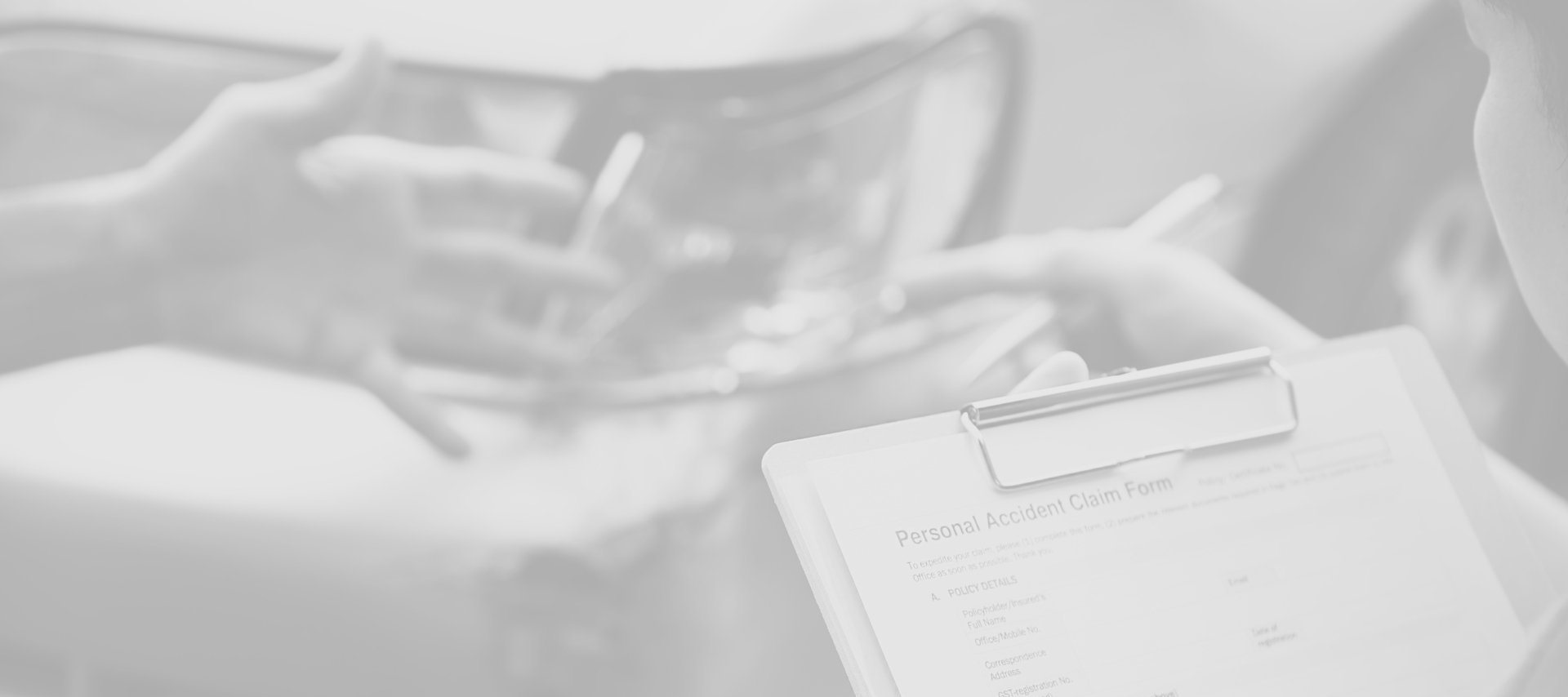
More Car Accident FAQs
When it comes to car accidents, there are a lot of unknowns. You may not know how much damage was done to your car, who is at fault, how much your medical costs will be, and more. These unknowns can leave you feeling stressed and unsure of where to turn.
Fortunately, we have created this guide to help you with some of the most common car accident questions:
What if the other driver doesn't have insurance?
If you are found not at fault in an accident with another driver who does not have liability insurance, you may be able to file a claim with your own uninsured motorist coverage.
In some states, the person who caused the accident is automatically liable for any damages that result from it. In other states, each driver may be held partially liable, or their liability may be apportioned based on the degree to which they were at fault.
What should I do after a car accident?
You must stop your car at the scene of the accident, or as close to the scene as possible. Once you have stopped, you should exchange information with the other driver, including your name, contact information, and insurance information. You should also take pictures of the damage to both cars. It’s also a good idea to get the contact information of any witnesses, collect evidence and take notes about what happened.
What if I'm not happy with the settlement offer from the insurance company?
If you are not happy with the settlement offer from the insurance company, you can negotiate with them or hire a car accident lawyer to help you.
It’s important to note that you should not accept the first settlement offer from the insurance company. The insurance adjuster may try to lowball you, so it’s important to be prepared with the help of a car accident lawyer.
You can read more about this in our blog:
What you should know about a settlement offer before accepting it
How do you prove liability in a car accident?
In order to prove that the other driver is liable, you will need to gather evidence. This can include:
- The police report
- Witness statements
- Photographs of the accident scene
- Your medical records
- Damage to your car
Should I send a demand letter after my car accident?
In some car accident cases, it may be beneficial to send a demand letter to the other driver’s insurance company. This is especially true if the other driver was clearly at fault and you have significant damage to your car.
What if there is no police report for my auto accident?
If there is no police report, you may still be able to recover damages from the other driver if you can prove that they were at fault. This can be difficult to do without a police report, so it’s important to speak with an experienced car accident lawyer.
What if I'm injured in a single-car crash?
Even if you're the only person involved in an accident, it's still a good idea to call the police and file a report. If the damages are more than a few hundred dollars, having a police report will make your insurance claim easier to process.
What should I do if I am injured in an Uber or Lyft crash?
If you get in an accident while using Uber or Lyft, your driver’s liability insurance should cover your medical expenses and other damages. However, it may take several months to receive compensation from the insurance provider.
You can always file a personal injury claim against the negligent driver and seek compensation for your injuries. Uber and Lyft accidents can be complicated, but a car accident lawyer can help.
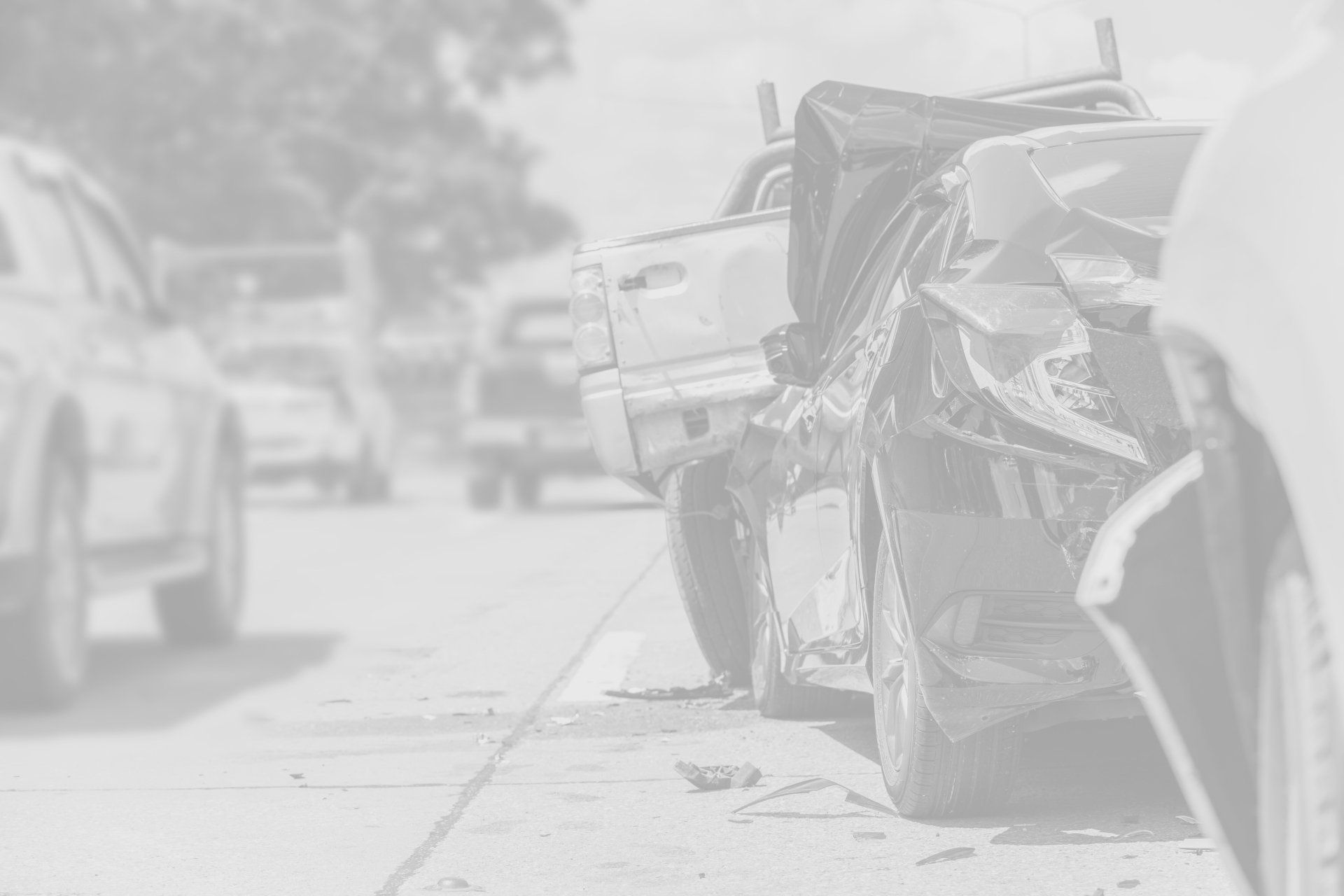
Talk to a car accident attorney
Determining fault for a car accident is usually not as simple as asking "who hit who?". If you have been in a car accident, it's important to speak with an experienced car accident lawyer who can help you navigate the legal process and get the compensation you deserve.
At The Law Office Of Rolando Cantu, we have over 15 years of experience handling car accident cases, from a red light or rear end collision to hit and runs. We know how to deal with insurance companies and we will fight to get you the maximum compensation for your injuries. Schedule a
free case review with us today.
The body content of your post goes here. To edit this text, click on it and delete this default text and start typing your own or paste your own from a different source.
Rolando Cantu is the founding attorney of the Law Office of Rolando D. Cantu. He is committed to providing aggressive and high level legal representation—successfully defending clients charged with state and federal criminal offenses. He works on every case as a priority with personal attention, while prioritizing their needs.
Contact Info
515 Pecan Blvd. McAllen,
Texas, United States 78501
Tel. +1 956-267-9898
Email: cantulaw@outlook.com



